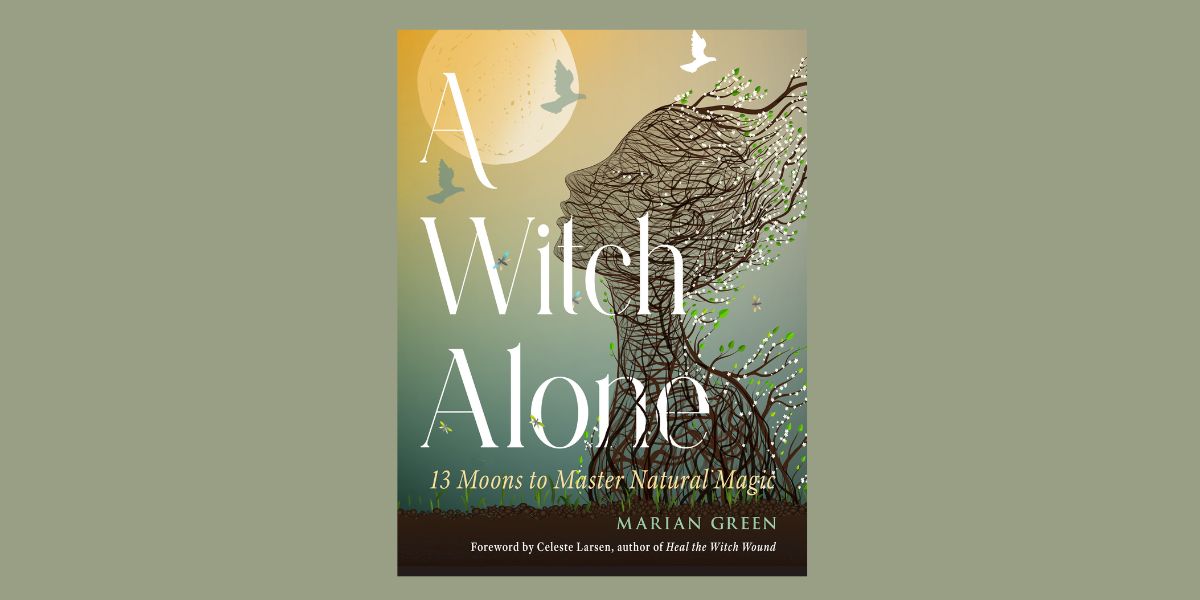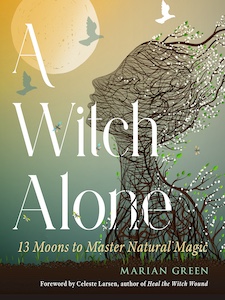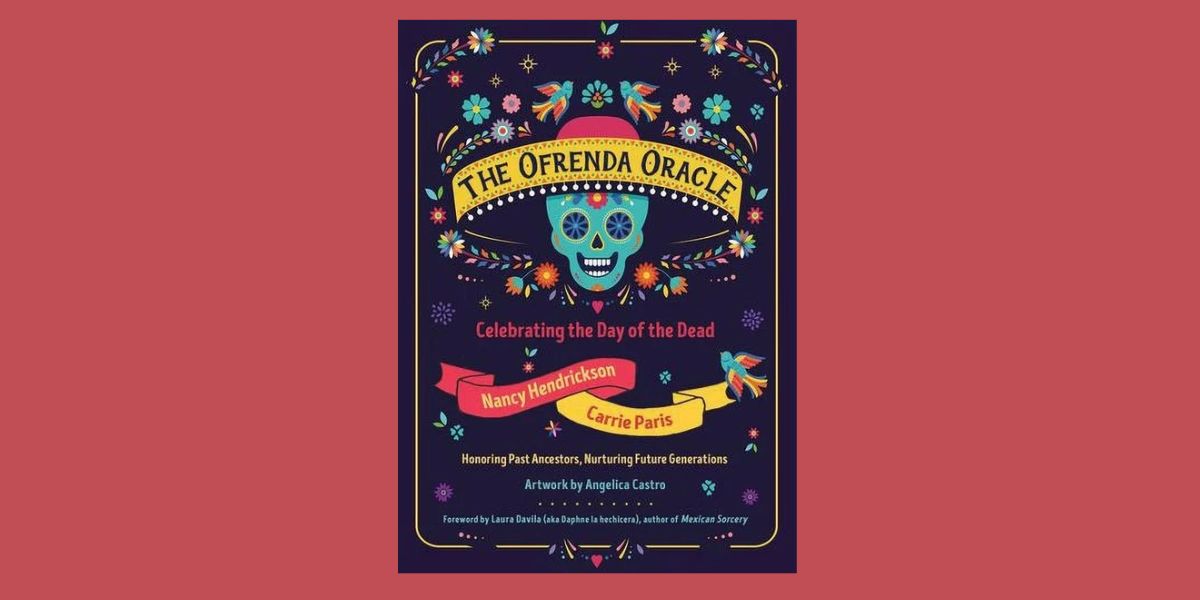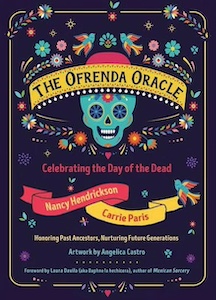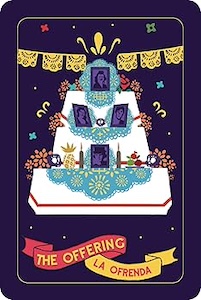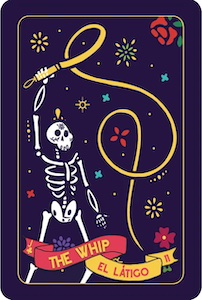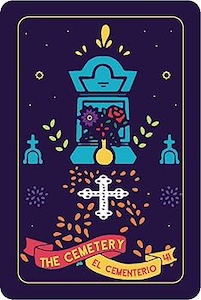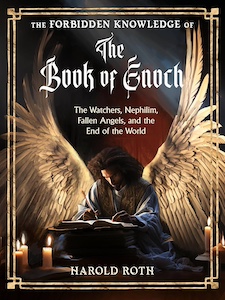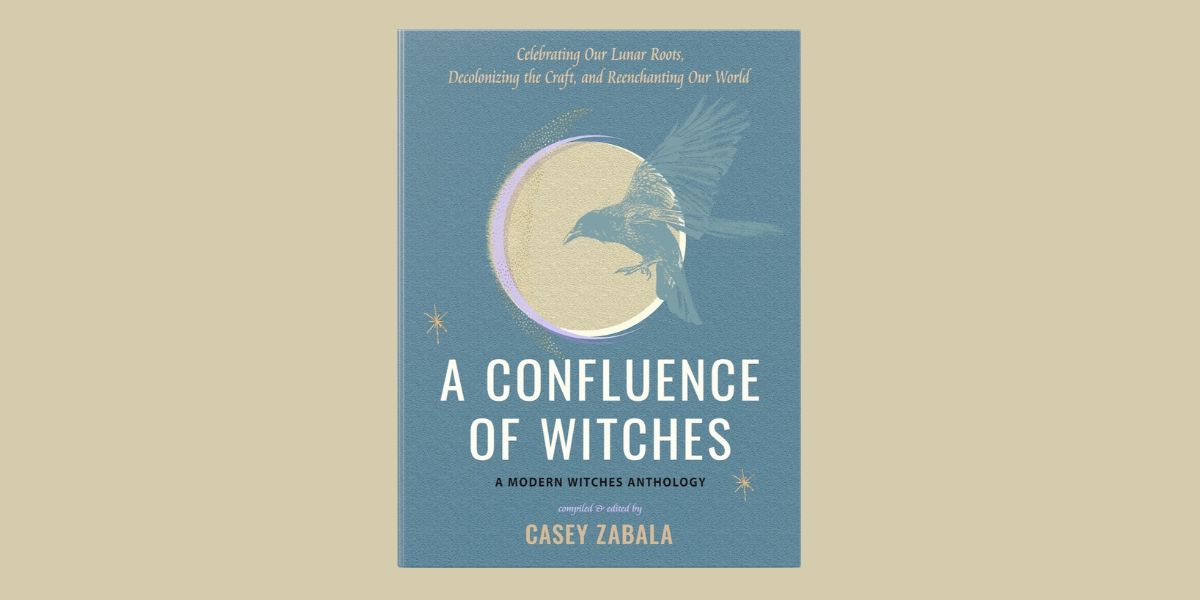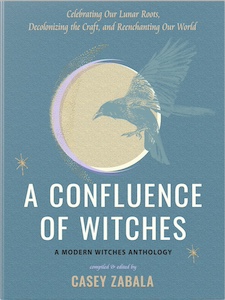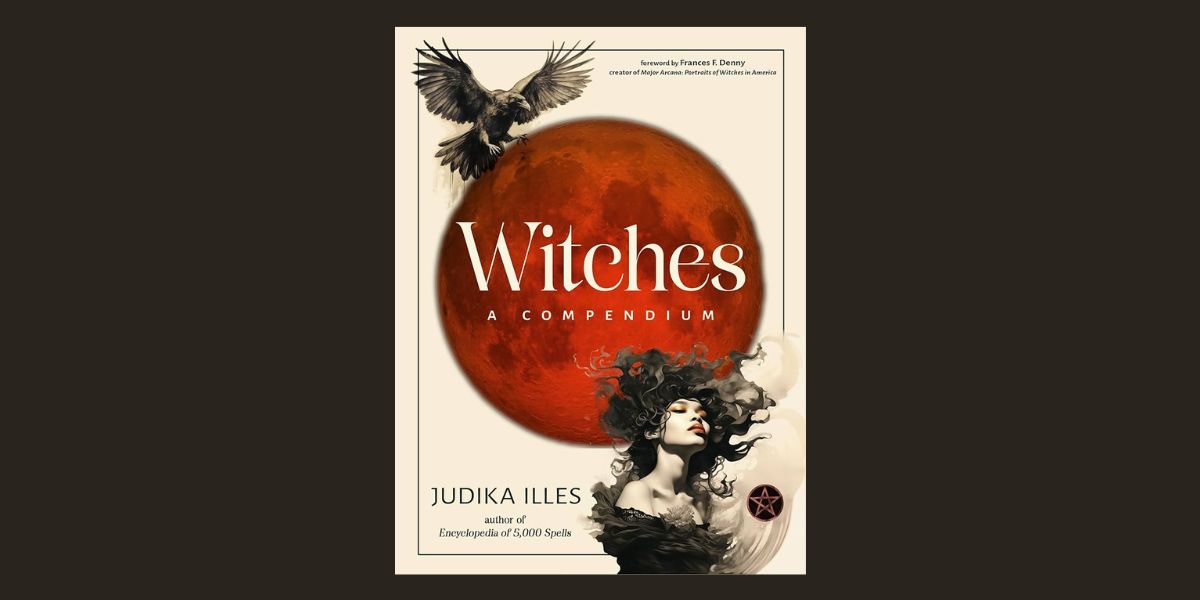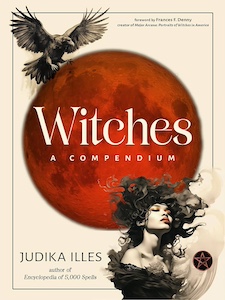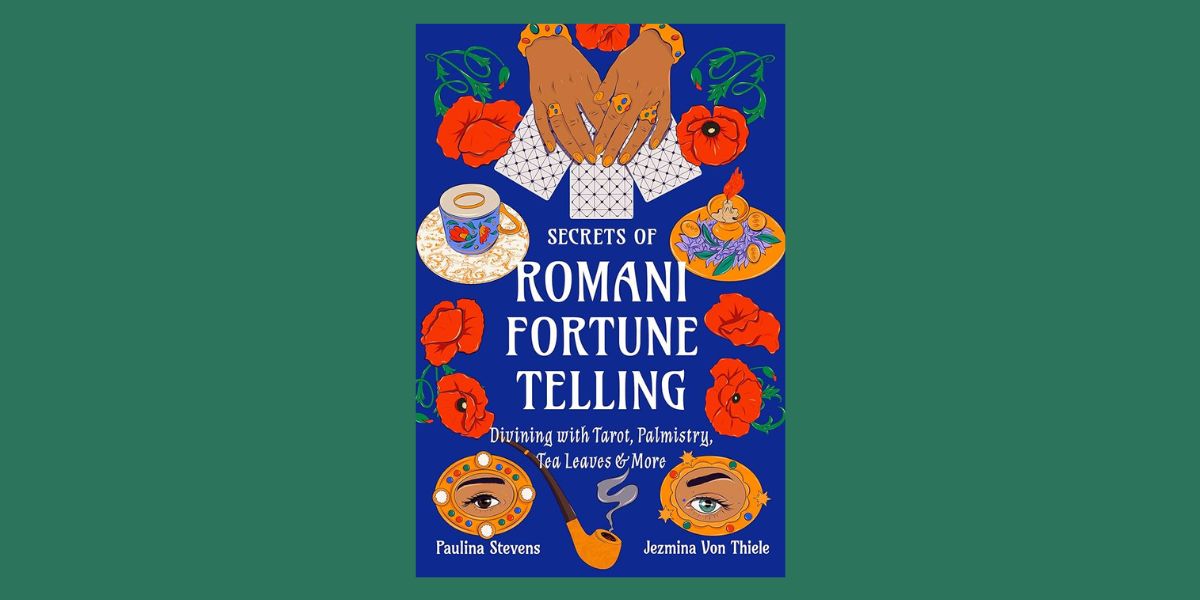
A Tea Witch’s Crystal Brews: Empowering the Magick of Tea with Crystal Grids, by S.M. Harlow
Weiser Books, 1578638712, 280 pages, April 2025
A Tea Witch’s Crystal Brews: Empowering the Magick of Tea with Crystal Grids by S.M. Harlow invites readers to explore a unique fusion of herbal magic and crystal energy. Harlow, who is also the author of A Tea Witch’s Grimoire, brings a new twist to tea witchcraft, offering an intriguing guide that blends these two traditions into a unique way. This book explores how the ancient practices of tea brewing and crystal grid creation can be combined to enhance spiritual and magical practices for a wide variety of purposes.
“The transformative power of combining tea magick and crystal grids is a revelation that transcends the boundaries of conventional spiritual practices. Individually, both tea magick and crystal grids still hold profound potential for transformation, yet when united, their synergy becomes an extraordinary force for change and manifestation.”1
Harlow begins by explaining the fundamentals of tea craft, which involves the intentional and mindful brewing of tea to harness its natural energies. She notes, “The world of tea holds many diverse varieties, each with its own unique flavors, aromas, and most especially energetic magickal properties.”2 Covering the most popular teas (white, green, oolong, black, and pur-eh), she provides an overview of the energy of each along with suggestions for brewing temperature and portion size.

She then discusses the variety of herbal infusions that can add energetic properties to the tea. A full list of correspondences is provided in the appendices, guiding readers in selecting the appropriate herbs for the work they intend to do. Harlow additional provides input on how to select one’s tea and techniques for ritual preparation and meditation. Her introduction to tea witchcraft is the perfect amount of information for all levels to feel grounded and comfortable performing this work.
Next, Harlow turns her focus to crystal magic. Noting the metaphysical abilities of crystals—amplifying energy, healing, channeling intention, and more—she shares the color correspondences for readers to consider when selecting the crystals to include in their work. Just like the tea, there’s a list of specific crystal properties in the appendices for further guidance. Additionally, the basics of working with crystals is covered, including how to cleanse, charge, and program them.
Once readers have the basics of crystal magic under their belt, Harlow introduces the many grids that can be used. She discusses how sacred geometry “unveils a profound and harmonious interplay between the natural patterns of the universe and the energetic properties of the crystals.”3 Some of the grid shapes covered are a circle, lemniscate, merkaba, pentagram, sun burst, and triquetra, to name a few. In total, there’s seven grid shapes described, along with a sketch of the shape for visualization.

And now the magic of the book really begins: readers learn how to combine crystal grids and tea magic. Harlow teaches how to match tea with the aligned crystals for one’s intention, encouraging readers to explore different pairings and trust their intuition in the process. While she offers tons of guidance, there’s also plenty of room for readers to explore their creativity and trust their instincts within the craft. You could really spend months, if not years, studying and exploring this unique blend of magic, trying out various combinations!
One thing worth noting is how integrating two types of magic workings does include a bit more preparation. Luckily, Harlow offers clear, easy-to-follow instructions for creating intentional tea blends, preparing for the crystal tea ritual, designing and activating the grid, and performing the ritual. While it might seem like a lot of steps at first, Harlow describes how crystal tea magic can become easily incorporated into one’s daily practice.
For those who prefer to work from a prescribed recipe (me!), Harlow has two chapters with recipes she’s created for a multitude of intentions. The chapter “A Crystal Tea Witch’s Magickal Remedies” lists the grid type, ingredients and tools, and how-to prepare for a variety of purposes: divination, aura repair, happiness, binding, mental clarity, prosperity, and many more! She describes how to activate the grid, what to concentrate on when sipping your tea, and even the best time to create the grid (i.e. moon phase, day of the week, season).
“Advanced Grids: Lunar, Estate, and Elemental Ceremonies” which has a bit more complex grids and layers more crystals and herbs, while also including oils and candles in the ritual ceremony. The ritual draw down more energy, which is anchored by salt in the rituals, and thus require a bit more preparation. These are bigger workings that would be done at transformative times rather than a daily practice. In addition to the guidance Harlow provided for the magical remedies, for these rituals, she also includes how to set the space.

As much as I love learning the foundation of how to do this work on my own, I’ll admit I absolutely love Harlow’s recipes, and for the time being, I will be following them to get a hang of this work! Today is actually Ostara, so I am tempted to do a crystal tea ceremony for it, but since I am just getting started, I am leaning towards gathering the supplies for one of the more simple rituals.
I have noticed that this work involves purchasing a few more supplies than I had on hand. While I have one or two pieces of a certain crystal, for most of the grids, I haven’t had enough crystals to fully make them yet. Many readers might also need to purchase specific herbs or types of tea to get started. This work is an investment, but I can tell there’d be a lot of rewards to reap. There’s something so alchemical about brewing the tea and preparing the grid, I’m looking forward to seeing my results!
And there’s even more you can do with the supplies, such as creating crystal elixirs and tea blends for health, each of which Harlow dedicates a chapter to towards the end of the book. I really like all the recipes for the crystal elixirs which are made by combining crystals and herbs in a jar and charging before you drink them. Meanwhile, the section on herbal health remedies is a wonderful natural way to nurture oneself.
It’s also worth noting this book is a nice size (about 5 x 7 inches) with plenty of colorful images and diagrams throughout. Readers will appreciate the organization of the text, as it’s very easy to read and keep track of information as you move along. The spine is study, but flexible, letting readers really open the book to full width and see both pages at one. There’s even a vivid blue fabric bookmark to keep track of your place!

Overall, Harlow has done a wonderful job presenting the innovative approach to combining tea and crystal magic in A Tea Witch’s Crystal Brews. Her detailed guidance on how to align the properties of teas with specific crystals to create synergistic effects opens so many possibilities for workings that can be done. There’s just something about the synergy that makes this work extra potent!
I love how this craft brings in all the elements: the earth of the crystals, fire of the brewing, water of the tea, and air of the steam. And I highly recommend this book for those looking for creative ways to work with tea, crystals, or simply embrace a new system of magic. Whether you want to learn the art of crafting your own brews or want to work from Harlow’s recipes, there’s many ways to bring your manifestations to reality with this combination of tea and crystal magic.
Alanna Kali is an astrologer, numerologist, and pioneer spirit that loves to explore life through the lens of depth psychology. She has a passion for studying the humanities and social trends. Her academic work is centered upon reuniting body, mind, and spirit through eco-psychology. She loves reading, spending time in nature, and travel.

